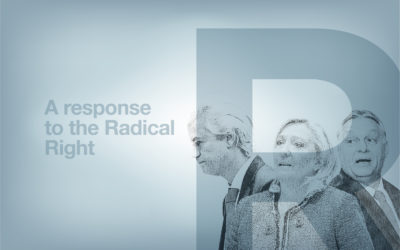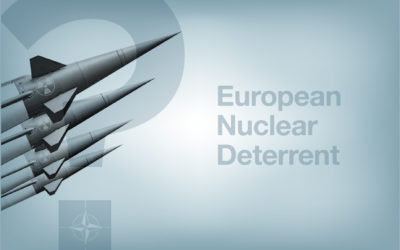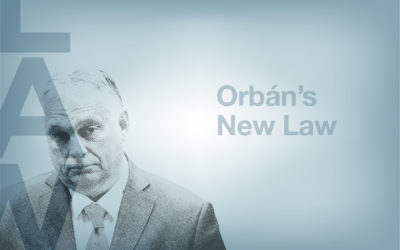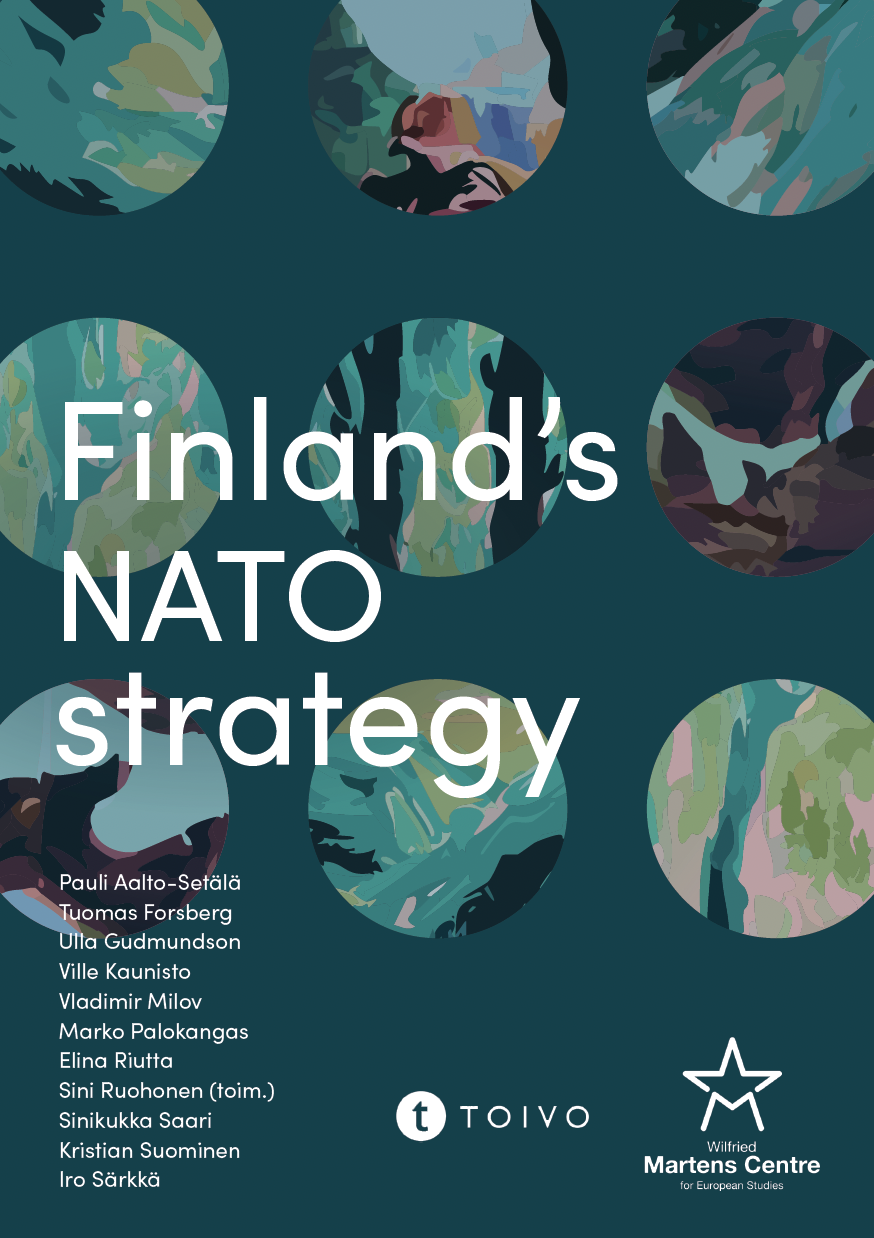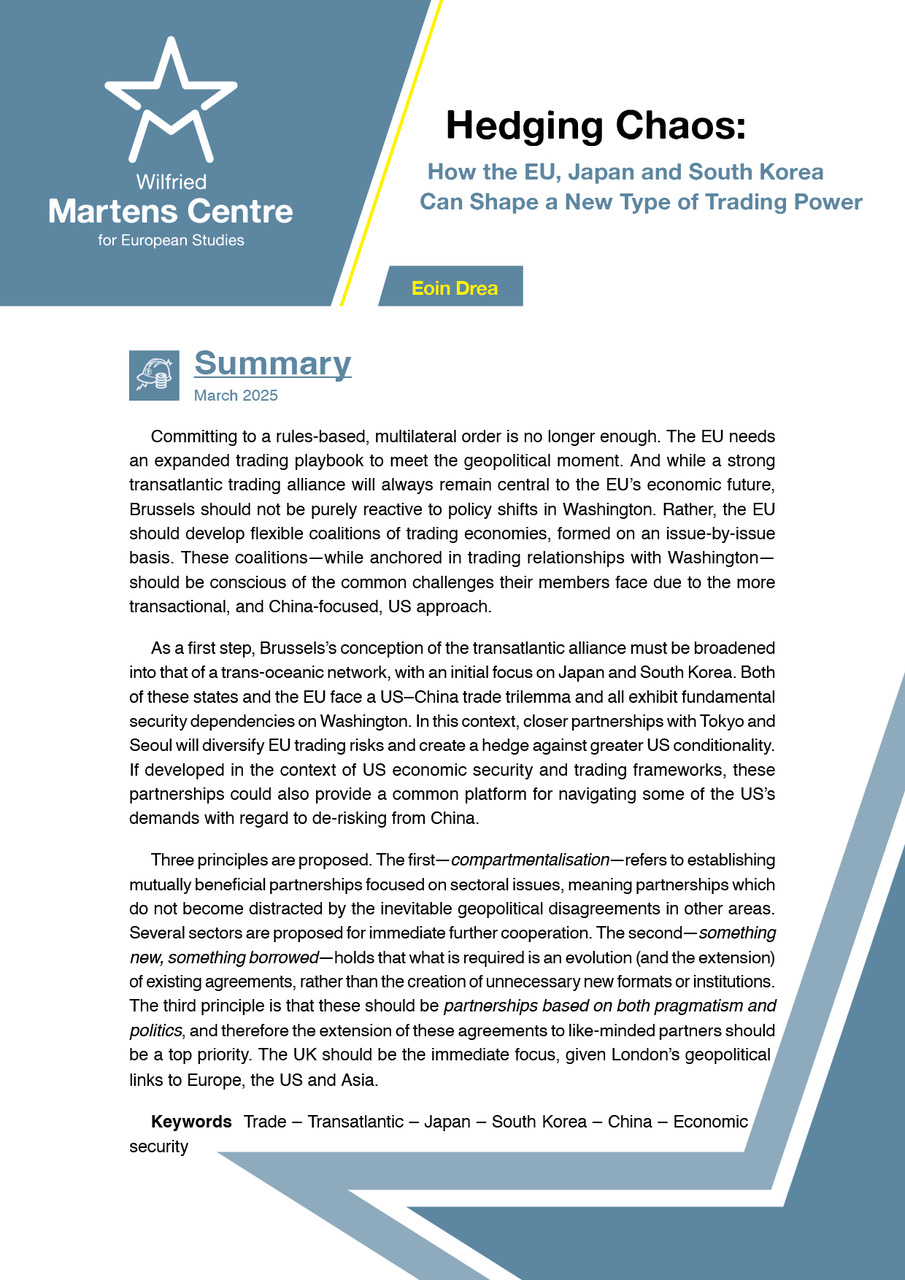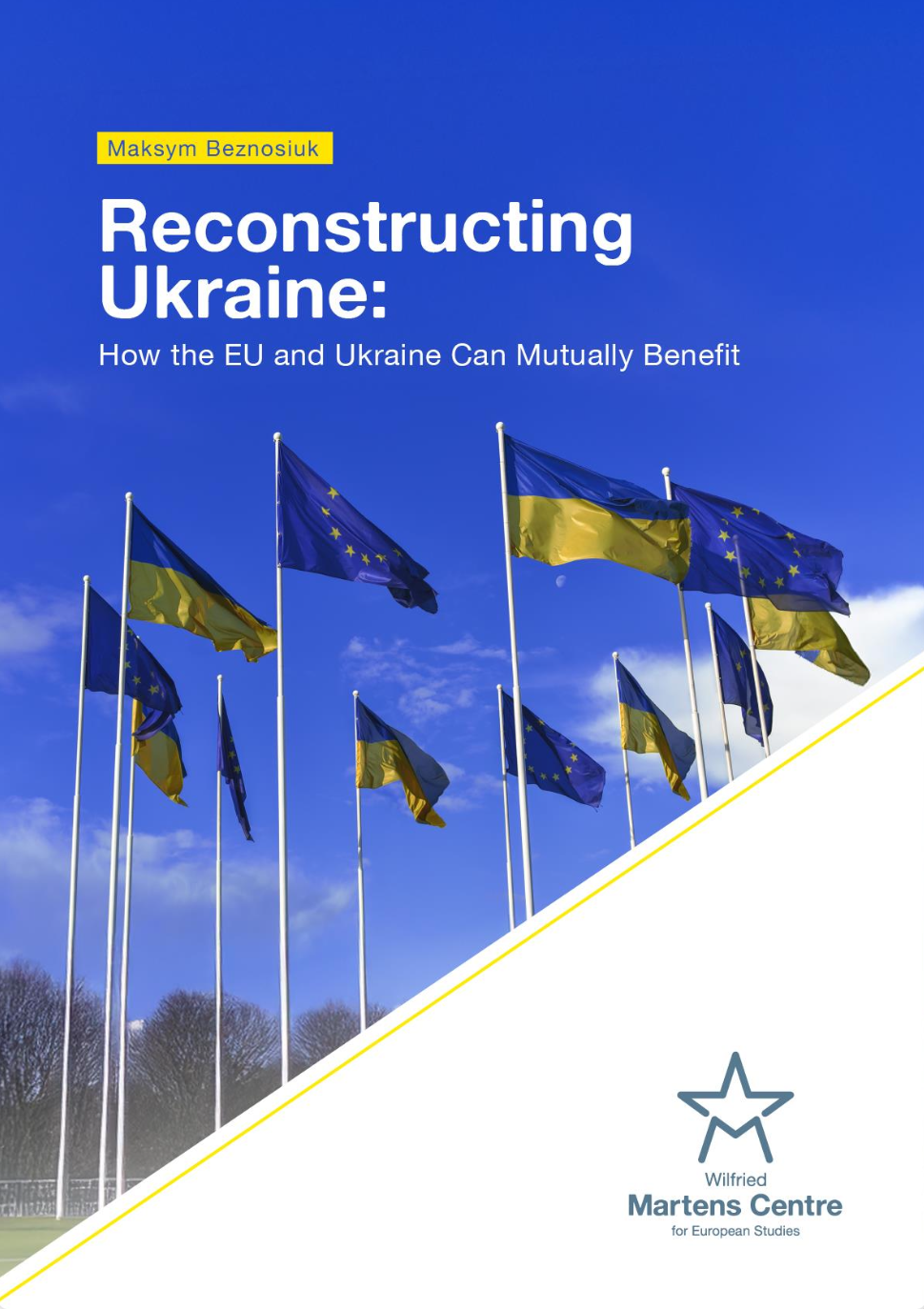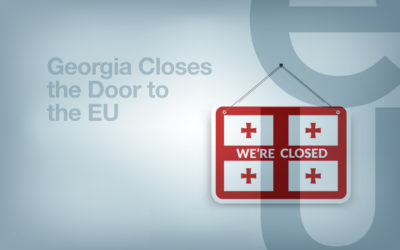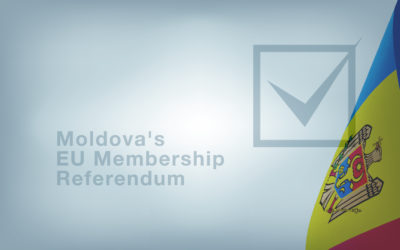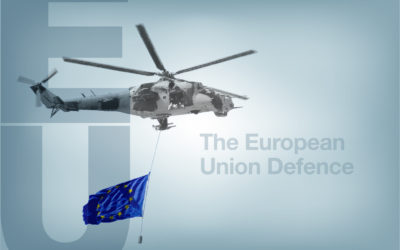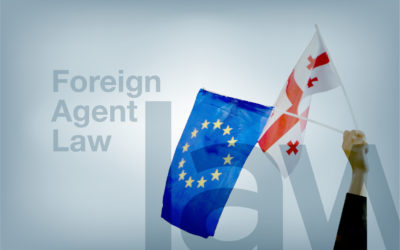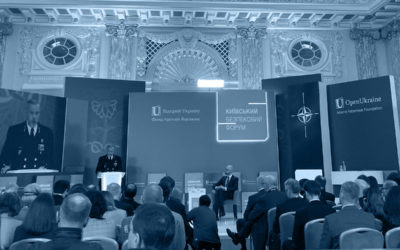Walking on Thin Ice: The EU Must Define its Arctic Strategy or Risk Getting Left Out in the Cold
20 April 2021
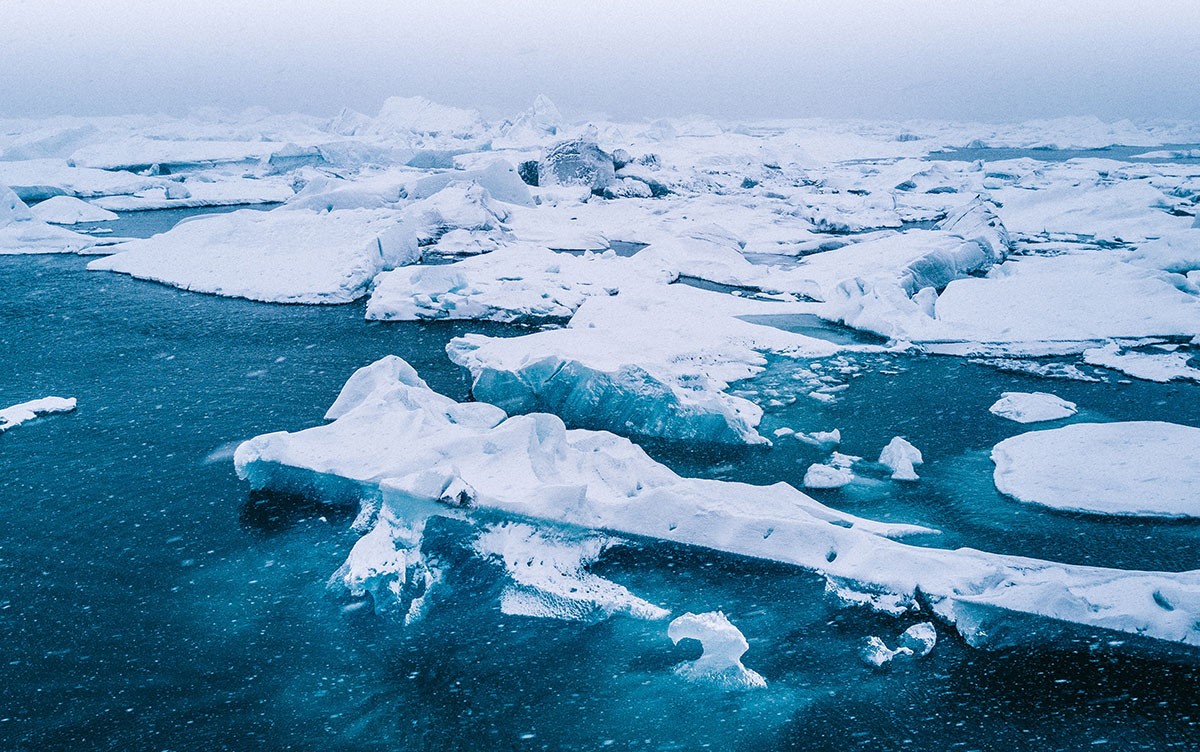
As the loss of sea ice accelerates throughout the Arctic, as a direct result of the global climate emergency, so too does the opportunity for harnessing its potential. Although its fluctuation is well documented, each decade the ice further recedes by an average of 13.1%, making its riches increasingly accessible.
According to estimates, the Arctic Circle is home to roughly 90 billion barrels of untapped oil – an enormous 13% of Earth’s total reserves – and roughly one quarter of global gas reserves, in addition to vast deposits of minerals. So far, extraction has transpired only on land, due to obvious logistical obstacles and associated high costs. But the push for offshore development is accelerating, effectively firing a proverbial starting pistol for Arctic nations to mark their territory.
Comprised of eight states (Norway, Sweden, Finland, Russia, the United States via Alaska, Canada, Denmark via Greenland, and Iceland), the race for geopolitical dominance in the Arctic region is being driven predominantly by one country, Russia. Although territorial disputes among the five coastal nations (Norway, Denmark, the US, Canada and Russia) are largely settled by UNCLOS or ad hoc via other fora, Russia has been fast-tracking its Arctic agenda as of late, framing the Northern arena as one of its primary great-power ambitions.
In contrast, however, the EU appears to be struggling to find its footing. Since its 2016 Joint Communication laying out its Arctic policy, notwithstanding a few sporadic declarations, it has paid insufficient attention to the region and its fast-paced developments. Although the Commission is scheduled to deliver an updated policy later this year, questions loom as to how assertive and tangible its objectives will be.
In line with the very real challenges posed by developments in the region, the EU’s updated Arctic policy needs to avoid the typical EU folly of being as convoluted as the challenges themselves.
Meanwhile, as the EU remains in the planning phase, Russia is constructing and refitting military bases at an alarming rate, developing new high-tech weapons (like the Tsirkon hypersonic anti-ship cruise missile) and holding regular drills in the region to strengthen its grip. Satellite images over the past five years confirm this steady build-up along its Arctic coastline. This includes new facilities on the Kola Peninsula, air bases on the islands of Novaya Zemlya, Alexandra Land and Kotelny, each equipped with their own array of bombers and/or fighter jets, as well as new radar systems and quick-reaction forces off the Alaskan coast.
Experts have expressed particular concern about one Russian development, the Poseidon 2M39 torpedo, believed to be stored at its Kola site as it awaits further testing and deployment in the region. This new super-weapon is no joke, having the potential to sneak past the most advanced radar systems and launch “radioactive tsunamis” of contaminated water that could devastate large coastal cities and their surrounding environment for decades.
For Russia, the Arctic has always been of strategic importance. Hydrocarbon Arctic resources have played an essential economic role since the fall of the Soviet Union. As such, Russia’s heavy-handed Arctic strategy is keeping it afloat not only economically and thus facilitating Vladimir Putin’s stranglehold over the country, but it has helped preserve Russia’s position as a major player on the world stage for decades.
Another integral component of the Arctic puzzle is the potential for new global shipping lanes, namely Russia’s fabled Northern Sea Route, which has the potential to circumvent the Suez canal and cut shipping times from Asia to Europe by 10-32%. Although serious doubts have been raised about its viability, due predominately to high costs associated with climactic obstacles, it is rather a matter of when these routes will become viable, not if, giving Russia a monopoly on the management of a significant proportion of global shipping.
The exact cause of Russia’s recent sabre-rattling in the Arctic is debatable. Flexing its might in the region has, since the Cold War, been a key component of its nuclear deterrence strategy. It could therefore be an effort to further buttress its Northern Fleet, both conventional and nuclear. Its accelerated testing of its super-weapons in the region this year could be part of a larger Kremlin strategy to test the Biden administration, bolstering support for Putin as he grapples with domestic unrest. Conversely, the multifaceted build-up could simply be an attempt to stake its claim ever-closer to the North Pole and its many opportunities, coinciding with the melting ice. Ultimately, its rationale is likely a combination of some or all of the above-mentioned factors.
In line with the very real challenges posed by developments in the region, the EU’s updated Arctic policy needs to avoid the typical EU folly of being as convoluted as the challenges themselves. It needs to be direct, action-oriented and account for each of the developing challenges, from environmental and economic to addressing the Arctic ambitions of Russia and even China, who in 2018 announced itself to be a “near-Arctic state” and “an important stakeholder in Arctic affairs.” The EU must additionally consolidate its revised Arctic policy with pre-existing agreements, like the Green Deal and EU defence initiatives. It should also lay out how it intends to work with its three Arctic member states (plus Norway and Iceland) to pursue mutually inclusive objectives.
Importantly, the Commission should dedicate part of its Arctic policy to strengthening multilateral co-operation with its allies for security and strategic deterrence against Russia, balancing resolve and restraint, through NATO but also on a bilateral basis with other Arctic states, especially the US. Both could serve as a much needed stepping stone to reinforcing the strained transatlantic relationship and show Russia that it’s not the only player in the region.
After all, this so-called “geopolitical” Commission needs to assert itself and, in practical terms, lay out the roadmap for becoming a legitimate Arctic player. Otherwise, the EU risks letting another significant international event play out while it watches helplessly from the sidelines.
ENJOYING THIS CONTENT?



